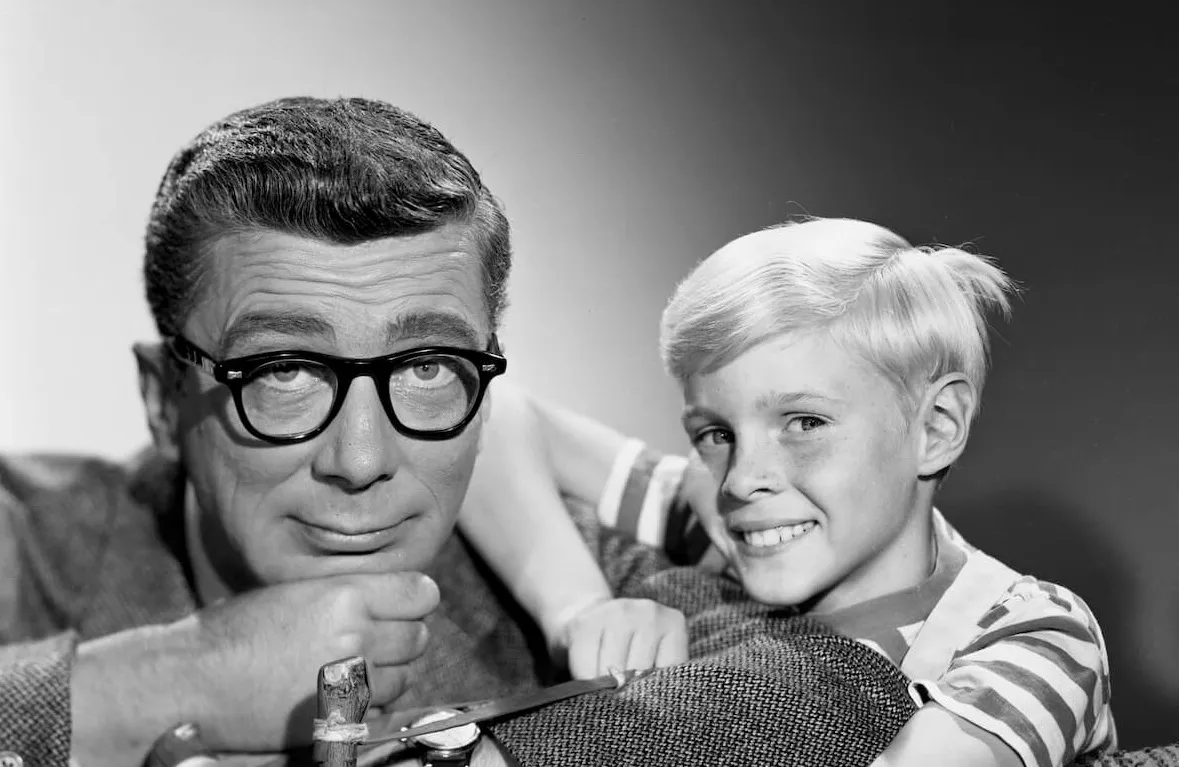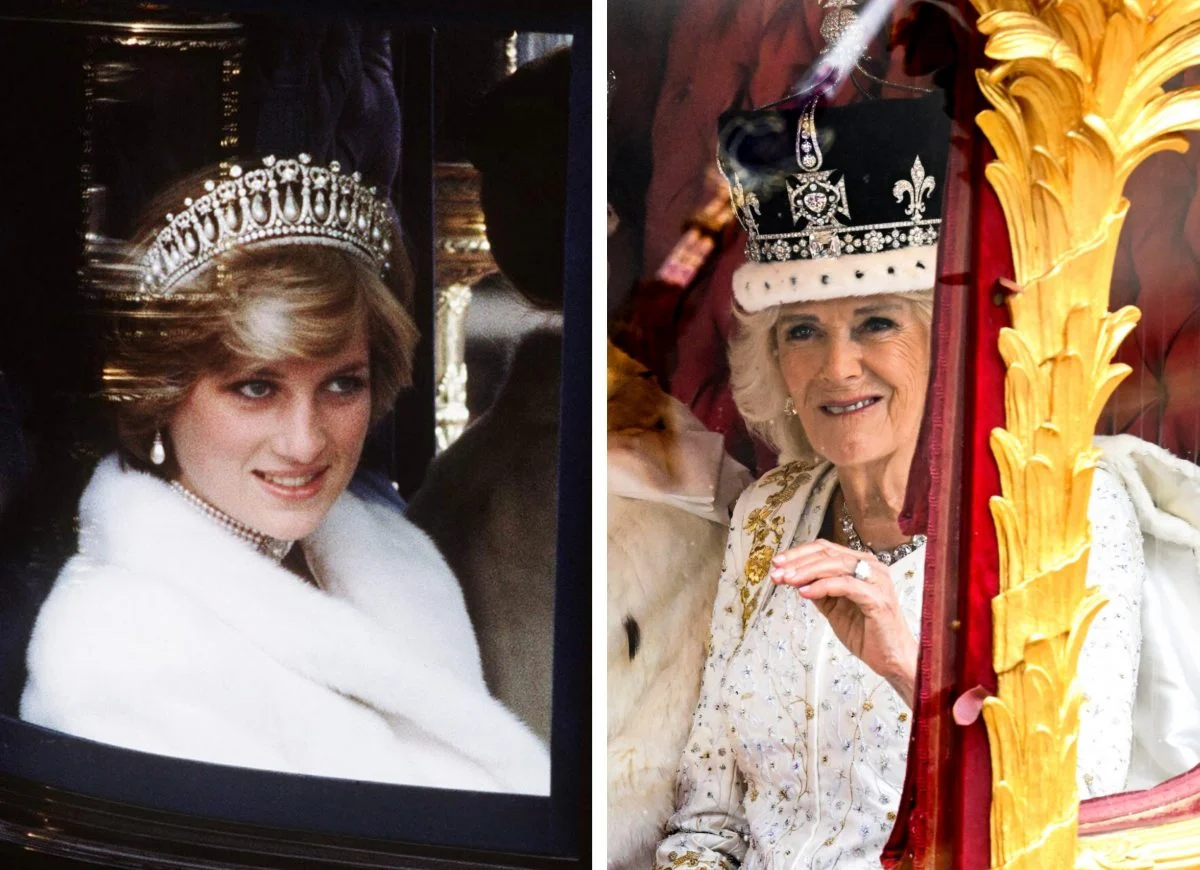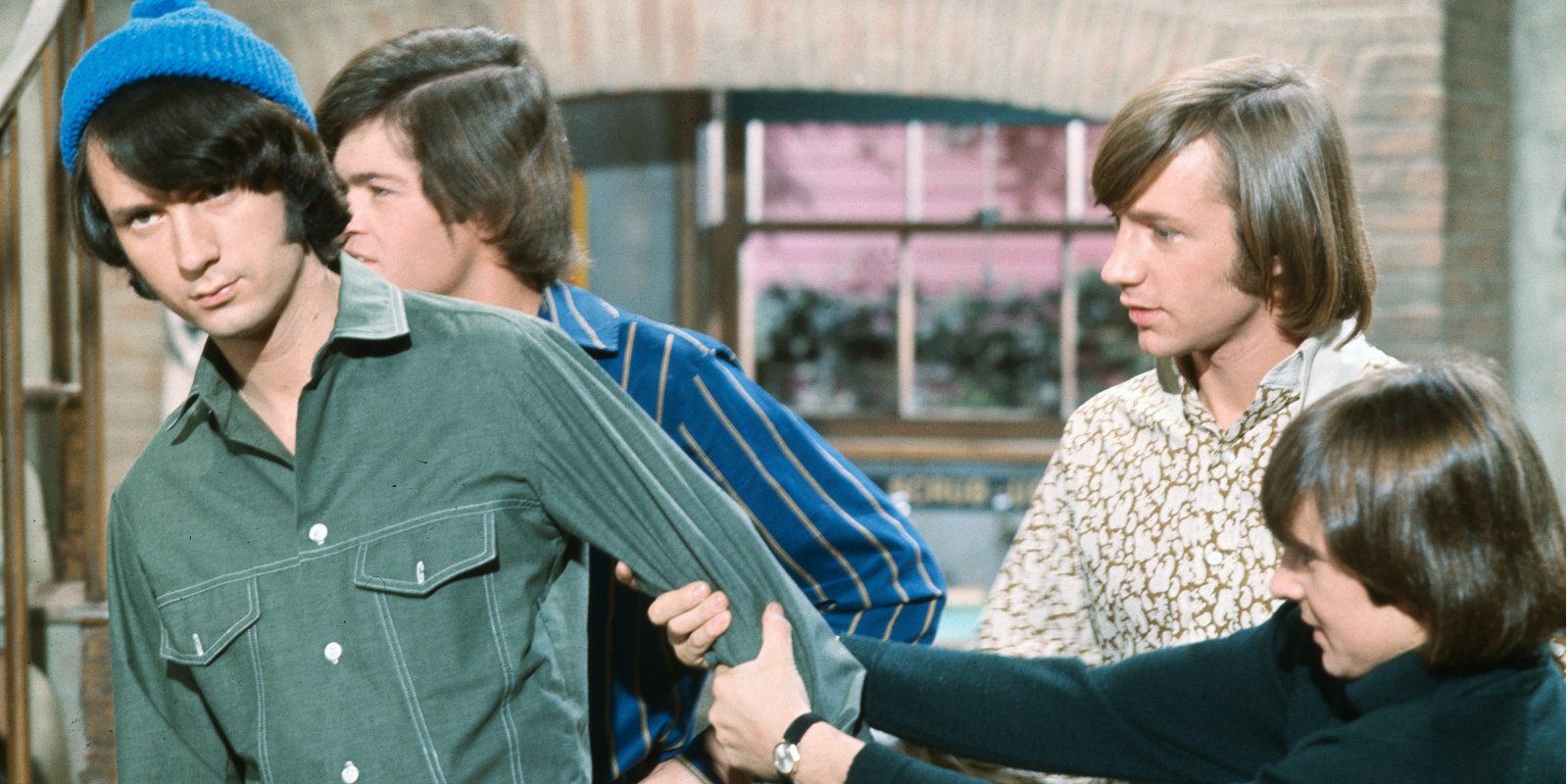
Mike Nesmith Shares His Ultimate Musical Heartbreak: ‘I Was in Limbo’ After Exiting The Monkees
In 1970, Mike Nesmith bought himself out of his contract with The Monkees. Following Peter Tork as the second of the quartet to strike out on his own, Nesmith was left with a wealth of industry connections. However, he was unsure of how to put them to use. He claimed, “I was in limbo” until finding a group that appeared to fulfill a destiny that began in the early 1960s.
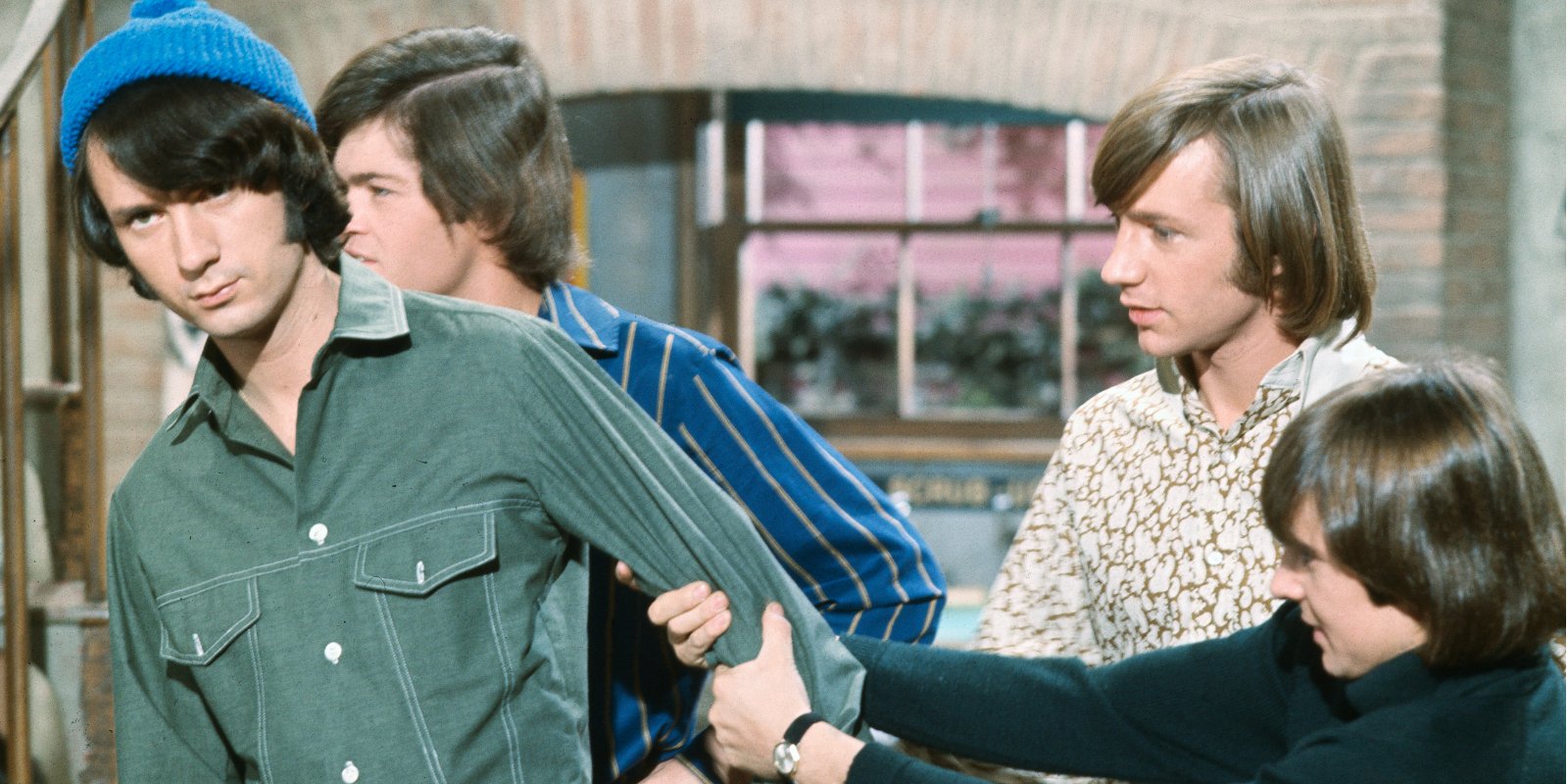
Mike Nesmith’s final appearance as a Monkees member was for a children’s toy commercial
By 1970, Nesmith appeared to have tired of portraying the straight man to Tork, Dolenz, and Jones on the television series and subsequent obligatory television advertisements.
Shortly after the release of Head, Tork stepped out of the spotlight as a Monkees member. Nesmith followed suit in 1970. However, he had to pay the default on the remaining years in his contract, reported Turner Classic Movies.
Before leaving the band and his Monkees television persona behind, Nesmith filmed a television commercial that paired two popular products at the start of the decade. Alongside Jones and Dolenz, he hawked Nerf Balls and Kool-Aid.
In the commercial, the trio stood in a living room and tossed the soft toys at one another. For the most part, Jones and Dolenz had the most lines, speaking of the virtues of both products.
However, Nesmith had the line that would officially end his Monkees career. He sat on a staircase with dozens of soft Nerf balls falling atop his head. There, he said the final words of his tenure as an official Monkees member, “Enerfs enerf.”
‘I was in limbo’ said Mike Nesmith after departing The Monkees
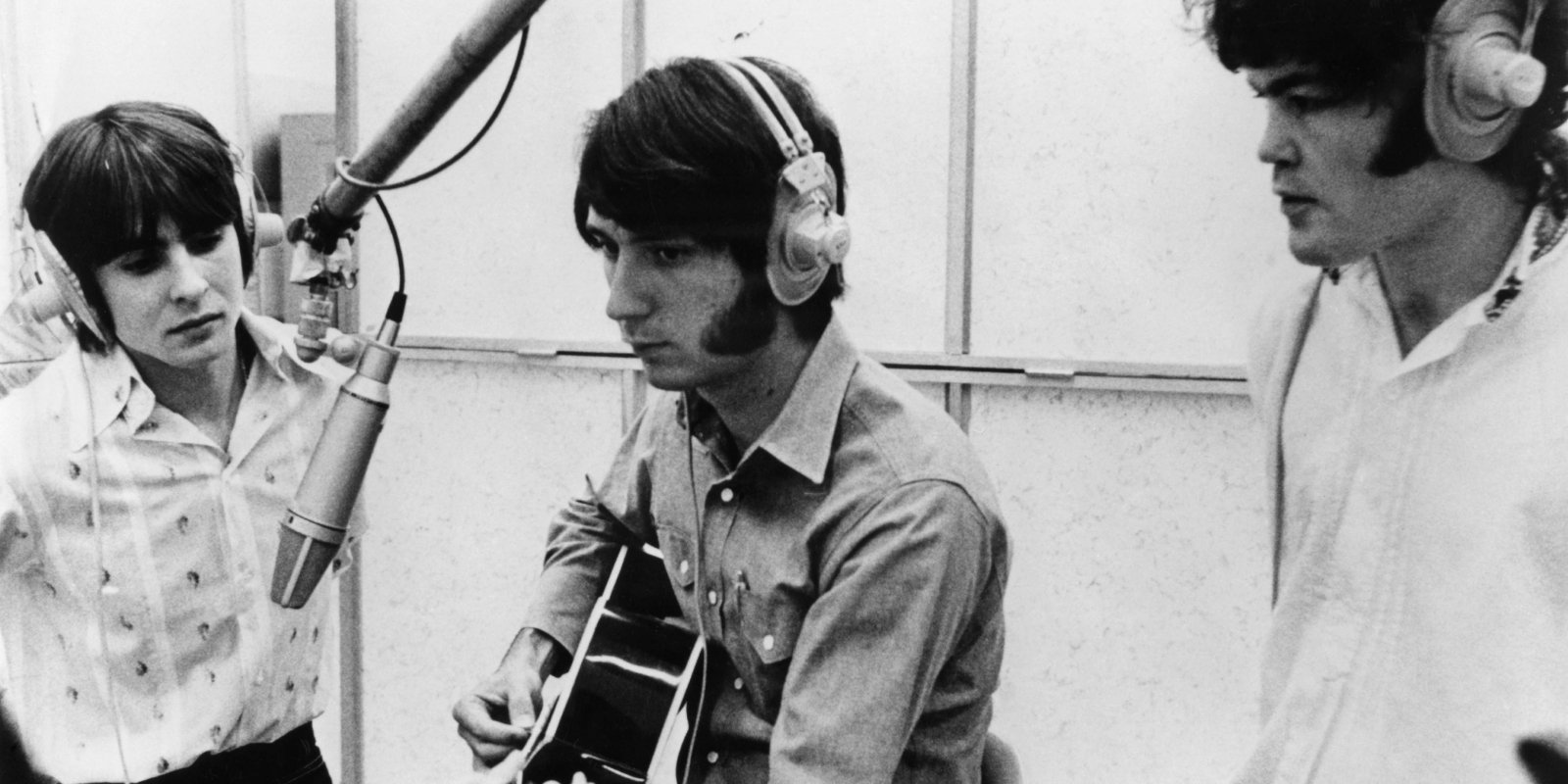
“We all were very tired, and the show was starting to repeat itself,” Nesmith told the Arizona Republic in 2018. “Things like The Monkees show have a specific lifetime, and when it’s through, it is through. Left for history to assess. It does not, however, ever die.”
Nesmith bought himself out of his Monkees contract early in 1970. He told reporter Damien Love, “I was glad to be out of that. But it wasn’t like I’d been released from some terrible thing,” he stresses. “I was just ready to move on. It was: ‘Okay. That’s over. Now I get to do something else.’”
“For me, it really was tabula rasa,” Nesmith admits. “I didn’t know which way to go. I was in limbo. But Johnny [Ware] was pretty insistent that we [he, John and I] should form this new band. But I was resistant. I didn’t want to be a power-trio. For all intents and purposes, in a live situation, The Monkees had been a power trio, and I didn’t want to do just that bass, drum, guitar thing again, I couldn’t hear that. But when the subject of Red [and the First National Band] came up, now, I could hear that band in my head.”
The formation of one of the pioneering country rock groups fulfilled a destiny began by Nesmith in the early 1960s when he penned some of his earliest compositions in the then-niche genre.
The group would continue without the guitarist and songwriter for one more album
#MichaelNesmith was a songwriter ahead of his time. He wrote hit after hit for #TheMonkees & other bands – all for music. Here are BILLBOARD’s Top 12 Michael Nesmith songs. Which tune by Mike is your favorite?
— The Monkees (@TheMonkees) December 15, 2021
?: GAB Archive, Michael Ochs, Gems/Redferns, NBCU/Getty Images. pic.twitter.com/4gpjH6phJ6
Nesmith left the group to resume recording songs with his country-rock group, Michael Nesmith & The First National Band. He left Jones and Dolenz to work on the final LP released under The Monkees banner, Changes.
The single “Oh My My,” backed with the tune “I Love You Better,” was the last issued under The Monkees’ name in the United States until 1986, when the group reunited on the heels of a Monkees TV show marathon broadcast on MTV.
